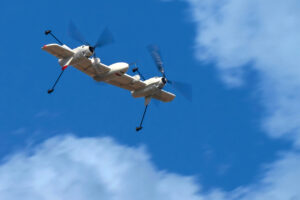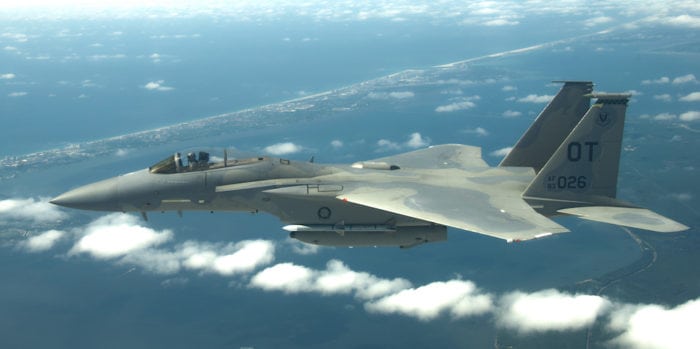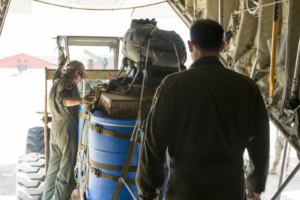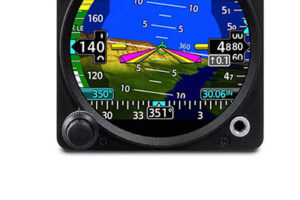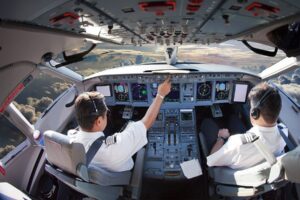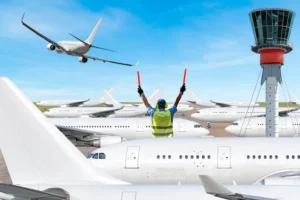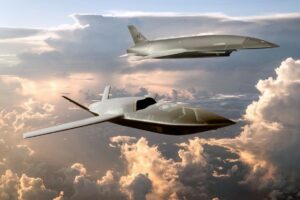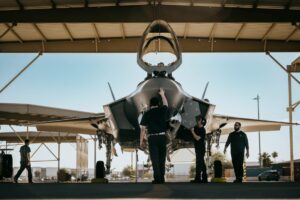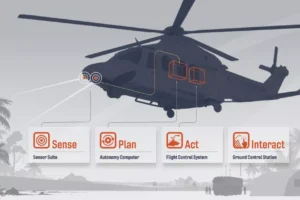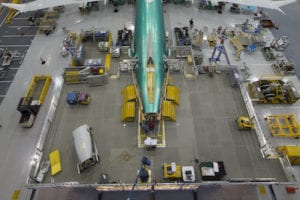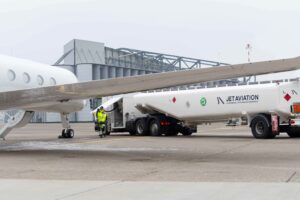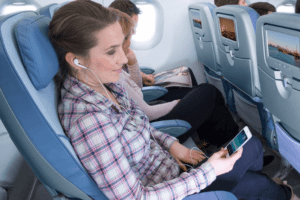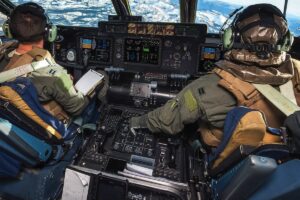ATM Modernization, Business & GA, Commercial, Embedded Avionics, Military
Avionics 10 Most Popular Headlines in 2015
By Juliet Van Wagenen | December 30, 2015
Send Feedback
[Avionics Today 12-30-2015] With 2016 on the horizon we can look back and say it has certainly been a big year in aviation. From new aircraft certifications — Bombardier’s C Series, the HondaJet and Airbus’ latest version of the A320 — to Air Traffic Management (ATM) reform or increased aircraft tracking specifications that hope to eliminate on aircraft tragedies in the vein of MH370, 2016 is poised to take on many of the issues brought to light this year.
As we prepare to put 2015 behind us and enter into new quarters with our fingers crossed that we hit our outlooks, let’s take a look at which headlines caught your eye in 2015.
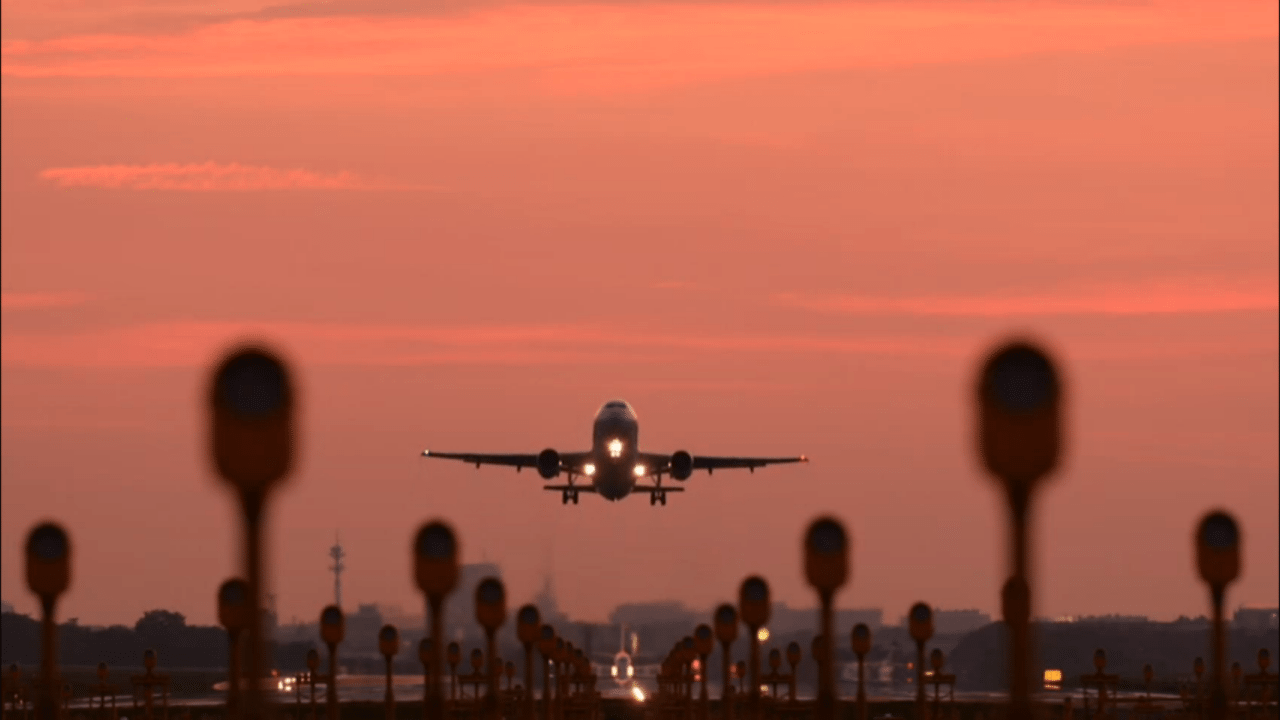 |
| Photo: European Comission |
As American Airlines implements its fleet renewal plan, retiring its older aircraft in favor of new, more fuel and operationally efficient aircraft, the company is looking forward to a “maintenance vacation” prompted by a younger fleet. American Airlines aims for an average fleet age of less than 10 years by 2017.
Tom Enders, CEO of Airbus Group, believes the aeronautical industry needs to be bolder, and start embracing the possibility of failures or risk associated with new technologies before they reach the market. Check out the story to see how Enders is pushing for disruption in the industry and what Airbus might have in store in coming years.
Earlier this year the European Commission (EC) announced its decision to delay its mandate for operators to equip their aircraft with Controller-Pilot Data Link Communications (CPDLC) until February 2020 as a result of technical issues related to the radio frequency environment and the ground-based data link communications infrastructure.
It was revealed just this month that the cause of the AirAsia flight QZ-8501, which fatally crashed into the Java Sea in late 2014, was the result of aircraft computer technical failures and the way pilots responded, according to Indonesia’s National Transportation Safety Committee (NTSC).
6. Bombardier’s C Series Troubles
While Bombardier’s C Series finally made it to certification earlier this month with the help of the Montreal government, the Canadian company’s bid to free up resources in order to bring the aircraft program to term hedged quite a bit of uncertainty this year. The No. 6 slot this year belongs to two stories, the first regarding the company’s announcement to “pause” its Learjet 85 program in an effort that was likely to free up finances for the CSeries, and the second surrounding its attempt to sell a stake in the program to Airbus — a rival determined to sink the program.
House Transportation and Infrastructure Committee Chairman Bill Shuster announced earlier this year his plans to release draft legislation that would convert the Air Traffic Organization (ATO) into a non-profit organization that would involve minor regulation from the FAA, a sentiment supported by members of the group Airlines for America (A4A), including several CEOs of major airlines. Delta stands out amongst the major airlines, however, to oppose a restructuring of the ATO, saying it would hinder progress necessary to implement NextGen.
In a year of aviation tragedies, the news of Germanwings passenger flight 4U 9525 became particularly poignant when information collected from the Cockpit Voice Recorder (CVR) revealed the co-pilot had initiated the aircraft’s steep descent. The flight crash-landed in the French Alps killing all on board, and has prompted new recommendations with the aim to improve pilot safety in the cockpit.
FlightAware, a company with a popular website that offers free flight tracking of both private and commercial aircraft in the United States, Canada, and Australia is looking to expand its horizons to more remote areas of the world to provide airlines and operators with all of the possible surveillance data available that can help prevent the loss of an aircraft position. Avionics Magazine caught up with FlightAware Business Development Manager Max Tribolet to figure out how and where they’re looking to take the product.
As new technology comes into the fold, there are bound to be a few glitches here and there. American Airlines, which recently transitioned its fleet to include Electronic Flight Bags (EFBs) in all cockpits, saw the downside of new tech when an issue with its EFB application caused the screens to go black, grounding several dozen flights and causing major delays.
The year’s top story fittingly revolves around an avionics upgrade to Southwest Airline’s fleet of 737s. Did you miss it? Don’t worry, there’s still time to check it out before 2016 sweeps in with fresh news to catch your eye.



